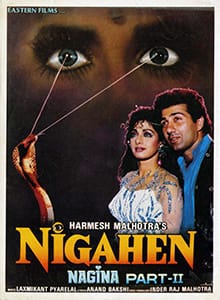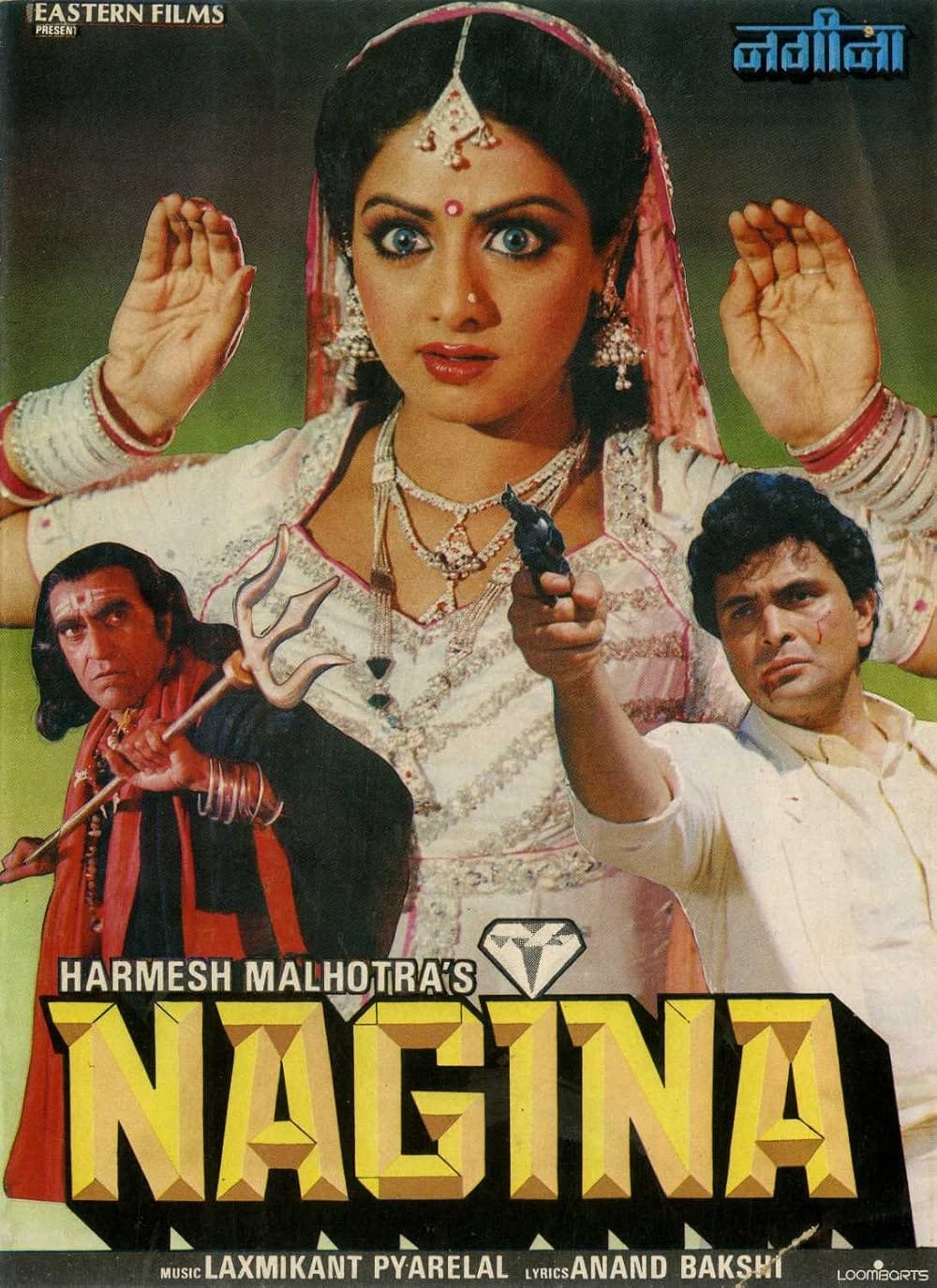Bollywood’s love for sequels dates back to the 1980s, with Sridevi’s iconic Nagina (1986) and its follow-up Nigahein (1989) among the first to set a precedent. The supernatural drama, starring Sridevi, Rishi Kapoor, and Amrish Puri, became a cultural phenomenon. Centered on Rajni, a shape-shifting cobra seeking revenge against an evil saint (saphera), Nagina captivated audiences with its gripping narrative and unforgettable songs, particularly “Main Teri Dushman,” which was a chartbuster. The overwhelming success of Nagina prompted the filmmakers to release Nigahein, making it one of Bollywood’s earliest successful sequels.

However, not all sequels enjoyed similar success. While Dev Anand’s Jewel Thief (1967) remains a classic, its sequel, Return of Jewel Thief (1996), released nearly 30 years later, failed to recreate the magic of the original. Similarly, Sanjay Dutt’s Vaastav (1999), a gritty underworld drama, was followed by Hathyar (2002). Despite its high expectations, the sequel was a box-office disappointment.
The 2000s saw Ram Gopal Varma attempt a trilogy with Sarkar (2005), Sarkar Raj (2008), and Sarkar 3 (2017), featuring Amitabh Bachchan. While the first film received critical acclaim and performed moderately well, the sequels struggled to maintain momentum at the box office.
As Bollywood continues to explore the potential of sequels and franchises, films like Nagina serve as a reminder of the genre’s rich history and the challenges of living up to audience expectations. Whether it’s recreating past glory or building new legacies, the sequel trend remains a fascinating aspect of Indian cinema.




